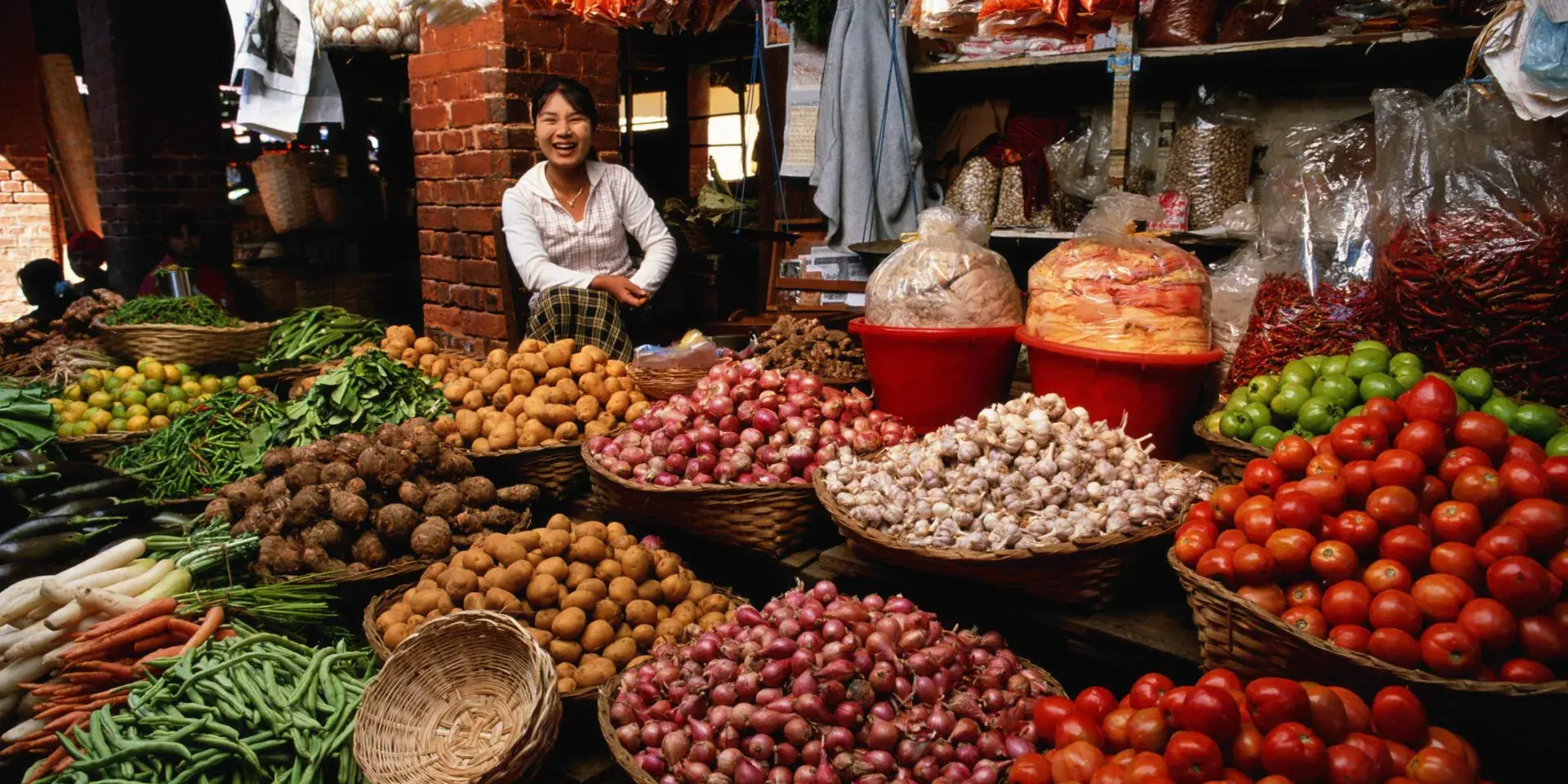More than one-third of countries independently produce only one or two of the seven essential food groups needed to ensure a healthy, sustainable diet, such as fish, vegetables and fruit, the study showed.
Most countries are unable to be self-sufficient in key food groups, it found.
Some countries not only have low production of essential food types, but rely almost exclusively on a single trading partner for more than half of their imports, compounding their vulnerability, according to the research from the University of Edinburgh and University of Göttingen.
Food supplies
Research teams investigated the extent to which 186 countries can feed their own populations solely through domestic production.
The researchers evaluated seven food groups that form part of the World Wildlife Fund’s (WWF) Livewell diet, which focuses on healthy, sustainable foods such as vegetables and wholegrains, moderate meat intake and limited fat, salt and sugar.
More than one-third of countries independently produce only one or two of the seven essential food groups.
This lack of self-sufficiency was especially true in the Caribbean, West Africa, and the Gulf states. Six countries, primarily in the Middle East, do not achieve the needs of a single food group.
Only one country, Guyana, achieved self-sufficiency in all seven food groups, while China and Vietnam achieved six.
Continental disparity
The report higlighted significant discrepancies in meat and dairy. For example, while several European countries produce far more than needed, domestic production in African countries is very low.
Fewer than half of countries achieve suffiency in foods such as beans and peas, and for nuts and seeds, while only one-quarter produce enough vegetables to meet domestic needs.
US reliance
Some countries have low production coupled with almost exclusive reliance on a single trading partner for more than half of their imports. This is especially pronounced in smaller countries, including island states.
Similarly, many Central American and Caribbean countries depend on the US for the bulk of starchy staple food imports, and several European and Central Asian countries rely on a single partner for legumes, nuts and seeds.
This research, published in Nature Food, was supported by the European Centre for Advanced Studies (ECAS).


